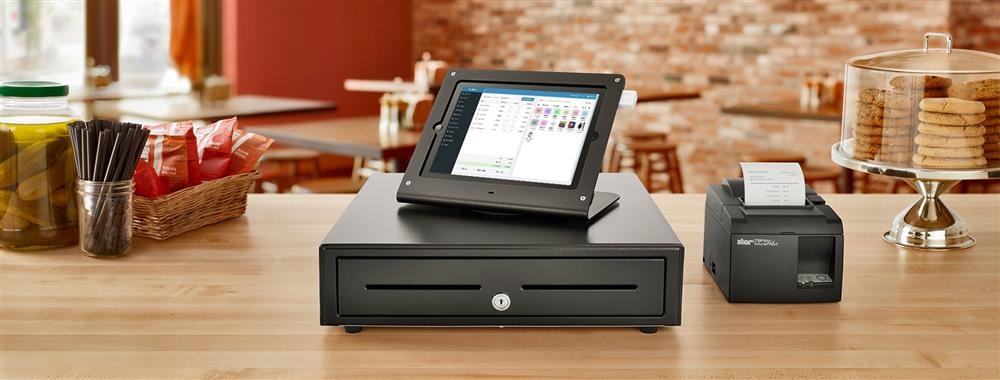POS or Point of Sale is a term applicable to a retail store, a cashier counter in a store, or a spot where such transactions occur. It also refers to an actual POS hardware and software, which include touch-screen display, cash register systems,receipt printers, barcode scanners, scales and pole displays, etc. POS is an asset in various industries—from hotels to casinos to restaurants to salons. In the simplest sense, if something can be exchanged for money, a POS system can be handy.
Check-out Counter / Cashier
A cashier stand or a check-out counter is the station where customers transport and place their chosen products from a store, like a department store or supermarket. The cashier then scans each item on the cash register and gets the sum. The items are placed in bags as the customer pays for their items.
Point of Sale (POS) Technology Progression
The term POS is relative to software or hardware, like mechanical point-of-purchase (POS) system, for checkouts. It usually uses wireless capable systems or networks wire via TCP/IP.
The Point of Sale technology has been a huge advancement in the 20th century. There were discoveries which are the springboard of the exact advanced system we have today. Take for example the NCR models, operated by cranks together with some lever-operated registers. The registers documented data on the journal tapes or paper tapes and needed more steps to transcribe data right into the retailers’ accounting platform. The next evolution of the POS system involves converting the mechanical works into electrical processes. Then went the birth of NCR Class 5 Model. In the year 1973, whole new registers operated by computers came about. These include the NCR 2150 and the IBM 3653 Store System. Other computer-based manufacturers includeDatachecked, TRW, and Rigitel. In the same year, UPC/EAN barcode readers came which already had POS systems. In 1986, POS system can already be integrated on personal computers—the introduction of the IBM 4683.
In the late 1980s through the 1990s, detached credit card devices sprouted, so the credit card processing can be easier and safer. These include the Hypercom T7 Plus, LipmanNurit 2085, or VeriFone Tranz 330.
These devices have eventually evolved to offer more functions for multiple applications (debit card, credit card, EBT card, gift card) and offer employee time clock and age verification. The device is now an all-in-one system that can do multiple functions any retail business needs. We now have wireless POS systems that enable mobile payment processing and transactions made right at the tables of the customers in restaurants.
Today, retail POS systems are one of the most advanced and powerful networks in the world of commerce. It upgrades further and further, and now there are more sophisticated features like inventory tracking and management, integrated accounting, customer relation management, operation reporting, open-to-buy forecasting, rental services, payroll modules, etc.
That is why POS system now has many high-level names, like multi-location management system, business management software, retail management software, and so on. It’s definitely one of the best discoveries that will be here to stay.

